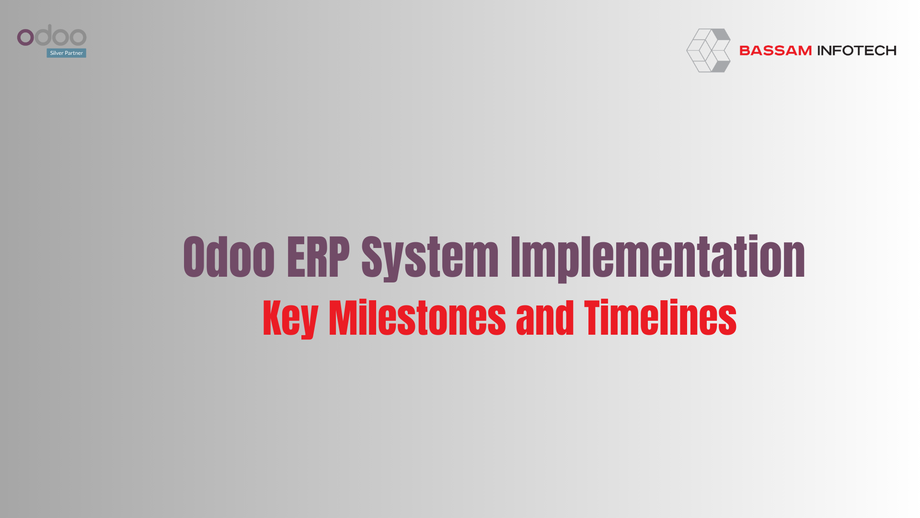Implementing an Odoo ERP system can be transformative for businesses, streamlining operations and enhancing efficiency. However, to maximize its benefits, following a well-structured implementation plan is crucial. This article will explore the key milestones and timelines that ensure a successful Odoo ERP implementation.
1. Project Planning and Kickoff (2-4 weeks)
The first step in any Odoo ERP implementation is thorough planning. This phase involves defining the project scope, objectives, and timelines. It also includes identifying key stakeholders and assembling the project team. A well-organized kickoff meeting ensures everyone is aligned on the goals and expectations.
2. Requirement Gathering and Analysis (4-6 weeks)
During this phase, the project team works closely with stakeholders to gather detailed requirements. Understanding the specific needs of the business is critical, as it informs the configuration and customization of the Odoo modules. This stage typically involves workshops, interviews, and documentation of business processes.
3. System Design and Configuration (6-8 weeks)
Based on the gathered requirements, the system design and configuration phase begins. This involves setting up the Odoo modules according to the business needs, including any necessary customizations. Data migration plans are also created during this phase, ensuring a smooth transition from legacy systems.
4. Development and Customization (8-12 weeks)
If the business requires custom features or integrations, this phase involves developing those customizations. The development team works to build, test, and refine these features, ensuring they align with the business requirements. Regular feedback loops with stakeholders are essential to keep the project on track.
5. Data Migration and Validation (4-6 weeks)
Data migration is a critical step in the Odoo ERP implementation process. During this phase, data from legacy systems is transferred into the new Odoo system. This process includes cleaning and validating data to ensure accuracy. Testing is conducted to confirm that all data has been migrated correctly and that it functions as expected within the new system.
6. User Training and Acceptance Testing (4-6 weeks)
Training is key to ensuring that users can effectively utilize the new Odoo system. This phase involves comprehensive end-user training sessions, covering all relevant modules and processes. In parallel, user acceptance testing (UAT) ensures the system meets the business requirements and is ready for go-live.
7. Go-Live and Post-Implementation Support (2-4 weeks)
The go-live phase marks the official launch of the Odoo ERP system. During this period, the system is fully deployed, and business operations are transitioned to the new platform. Post-implementation support is crucial in addressing any issues that arise and ensuring a smooth transition.
8. Continuous Improvement and Optimization (Ongoing)
After going live, continuous improvement is essential to maximize the benefits of the Odoo ERP system. Regular reviews, updates, and optimizations ensure that the system evolves with the business, addressing new challenges and opportunities as they arise.
Implementing an Odoo ERP system is a complex process that requires careful planning and execution. By following these key milestones and adhering to realistic timelines, businesses can ensure a successful implementation that delivers long-term value.

